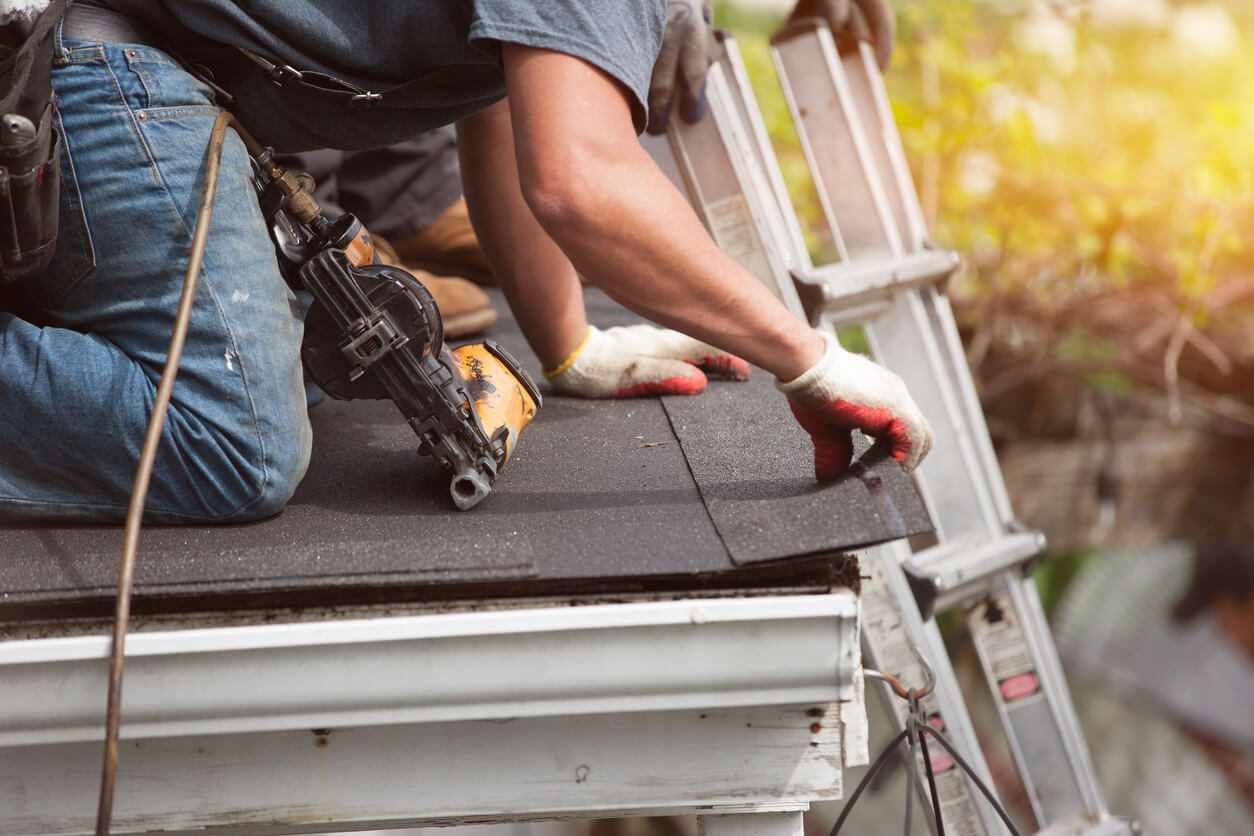How to Get Homeowners Insurance to Cover Roof Replacement Costs

Homeowners insurance plays a vital role in protecting your home, particularly when it comes to roof damage — one of the most significant threats to your property. A compromised roof can lead to costly repairs, structural issues, and even further damage if left unaddressed. While insurance can help offset these expenses, getting insurance to pay for roof replacement isn’t always straightforward. Insurers have specific policies, limitations, and claim requirements that can make the process more complex than expected. Ensure you receive the coverage you need when it matters most with these key strategies for filing an insurance claim on your roof.
Understanding Coverage: What’s Included in Homeowners Insurance?
Homeowners insurance is designed to protect your property from unexpected damage, but not all types of roof damage are included. Most policies provide coverage for sudden and accidental events, such as storms, hail, fire, or falling trees. If your roof is damaged due to a covered event, your insurance may pay for repairs or even a full replacement, depending on the extent of the damage and your policy’s terms.
However, it’s equally important to understand what isn’t covered. General wear and tear, aging, and neglect are typically excluded, meaning insurance won’t cover damage caused by years of deterioration or lack of maintenance. If your roof suffers from gradual issues such as leaks due to poor upkeep, your claim is likely to be denied. By knowing the difference between covered situations and standard exclusions, you can be proactive about maintaining your property, ensuring that you’re adequately protected when unexpected damage occurs.
Assessing Roof Damage: The Initial Steps
Acting as soon as roof damage occurs can make all the difference in getting insurance to pay for a roof replacement. Consider these steps when assessing the situation:
Inspect for damage. Start by visually examining your roof for any obvious signs of damage. Look for:
- Missing, cracked, or curling shingles
- Sagging or uneven areas
- Dents or punctures from hail or debris
- Water stains on ceilings or walls inside your home
It’s also helpful to document your roof’s condition before and after severe weather events. Keeping a record of its normal state allows you to prove that new damage wasn’t preexisting.
Collect photographic evidence. Clear, detailed documentation provides concrete proof for your insurer, reducing the chances of disputes over the claim. Be sure to:
- Take high-quality photos and videos from multiple angles
- Capture close-ups of damaged areas as well as wide shots of the entire roof
- Timestamp all materials to establish when the damage occurred
Get a roofing contractor to assess the situation. Even if damages are minor, bringing in a professional is highly recommended. A professional assessment strengthens your claim and ensures that you fully understand the extent of the damage before moving forward.
Step-By-Step Guidance to Filing an Insurance Claim
Filing an insurance claim can be overwhelming, especially while dealing with the repercussions of a damaged roof. These steps are intended to help you navigate the process with ease:
- Contact your insurer and review your policy. Don’t waste any time once you know, or suspect, that damage has occurred. Many policies have deadlines for filing claims — typically about a year — so acting quickly is important. Ask your insurance provider any questions you have about coverage, a deductible, or specific requirements to file a claim.
- Gather required documentation. Avoid disputes by thoroughly documenting any damage. Obtaining a professional roofing contractor’s report that details the extent of the damage and estimated repair costs will help your case.
- Submit your claim in line with the insurers guidelines. This may involve filing online, over the phone, or through a claims adjuster. Missing details or submitting incomplete paperwork can delay the process, so ensure everything is thorough and accurate.
- Get as specific as possible about conditions. Along with documenting the damage to your roof, gather evidence of severe weather, natural disasters, or news reports about the event to confirm it was responsible for the damage.
Navigating Adjuster Inspections
Once you file your claim, your insurance company will send an adjuster to assess the damage and determine coverage. Knowing what to expect and how to prepare can help ensure a fair evaluation. To start, you should expect an adjuster to ask questions such as:
- When did the damage occur?
- What specific event caused it?
- When was the last time the roof was repaired or maintained?
While the adjuster conducts their assessment, having your own documentation can strengthen your claim. Be ready to provide:
- Copies of the photos and videos of damage
- A roofing contractor’s report
- Documentation such as news articles confirming severe weather conditions or related events at the time of the incident
When it comes to understanding the adjusting process, make sure to:
- Ask the adjuster to walk you through their findings and explain how they align with your policy coverage
- Take notes during the visit, including any statements about what will or won’t be covered
- Proactively follow up if there are delays in receiving the adjuster’s report or claim decision to keep the process moving
My Claim Was Denied: Now What?
A denied insurance claim can be frustrating, but it doesn’t necessarily mean your chances of coverage are gone. Understanding why your claim was rejected and knowing how to appeal it can improve your chances of getting the coverage you need.
Some common reasons for claim denials include:
- Pre-existing conditions: The insurer may argue that the damage was due to wear and tear rather than a covered event.
- Coverage disputes: Some policies have exclusions or limitations that affect what’s covered.
- Missed deadlines: Failing to file within the required timeframe can result in an automatic denial.
- Insufficient documentation: Lack of clear evidence, such as photos, contractor reports, or proof of storm-related damage, can weaken your claim.
Remember that if your claim is denied, you have the right to appeal. Review the denial letter carefully to understand the specific reasons for the rejection. Gathering additional evidence and providing a detailed appeal can strengthen your case and improve your chances of approval in the future.
How to Successfully Work With Roofing Contractors
Choosing the right roofing contractor can make a significant difference in the insurance claims process. An experienced, insurance-friendly contractor can help ensure your claim is properly documented and maximize your chances of approval. Plus, they will be able to:
- Guide you through the necessary steps, ensuring all required documentation is in place
- Accurately assess damage and determine whether repairs or a full replacement are needed
- Provide expert insight into different roofing materials and how specific types of damage impact long-term durability
Choose a reputable contractor with experience in insurance claims, as they understand the documentation and process. Avoid contractors who demand full payment upfront — trustworthy professionals follow a structured payment plan. Stay in regular contact with both your contractor and insurer to keep the process moving smoothly and prevent delays.
FAQs
Q: What do I do if my roof insurance claim is denied?
A: Remember that if your claim is denied, you have the right to appeal. Review the denial letter carefully to understand the specific reasons for the rejection. Gathering additional evidence and providing a detailed appeal can strengthen your case and improve your chances of approval.
Q: How much of the roof replacement costs will insurance cover?
A: The amount of roof replacement costs covered by insurance depends on several factors, including your policy type, the cause of the damage, and your deductible. Consult with a knowledgeable insurance agent to review your policy details, understand your coverage limits, and ensure you’re prepared for the claims process.
Q: What’s the timeline for claim approval?
A: The timeline for claim approval varies by insurance company, policy, and the complexity of the damage. But it’s realistic to expect at least a several week long process.
Navigating a roof insurance claim can be complex, but a knowledgeable roofing professional and insurance agent can help streamline the process by providing expert assessments and guidance along the way.
Want to make sure that you’re adequately protected? Request a quote from C&S Insurance to learn more.

